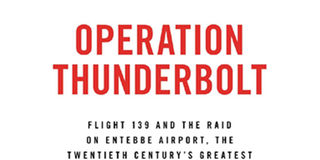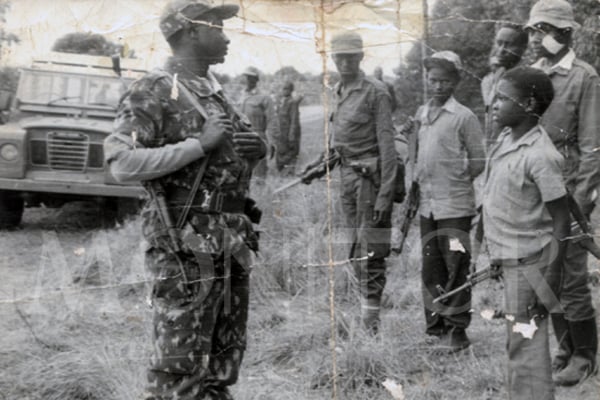Prime
The raid on Entebbe Airport, 47 years on

What you need to know:
- The raid, codenamed Operation Thunderbolt, has been immortalised in print and endlessly recalled in film since. Saul David’s retelling of the story is intensely interesting not least because his account unfolds almost hour by hour with great novelistic detail.
Last month marked 47 years since Joshua Shani meticulously touched down the most pregnant of four Hercules planes sent on a clandestine mission to rescue 106 people held hostage at Entebbe Airport.
The raid, codenamed Operation Thunderbolt, has been immortalised in print and endlessly recalled in film since. Saul David’s retelling of the story is intensely interesting not least because his account unfolds almost hour by hour with great novelistic detail.
While the book is not reducible to the 51 minutes the operation spans, there are no prizes for guessing what takes the biscuit. After Shani brought down the wheels of the Hercules One on a still-lit runway with “a faint screech … not fully inflated to deaden the sound”, David, a military historian, sets out his stall with great granularity.
Lt Col Yoni Netanyahu, the assault force’s commander, David tells us, had made clear that “speed” would be of the essence. Speaking on the Hercules One in the half hour before the July 4, 1976 raid panned out, Netanyahu said: “If there is a cordon of Ugandan troops round the terminal, the Mercedes keeps going whatever happens and the Land Rover teams mop up. If the lights are out in and around the terminal, the Land Rovers swing their headlights to illuminate the hall through its plate-glass windows and the assault groups use the light-projectors on their guns.”
Not done with the ifs, the unit commander added: “If the terminal doors are locked, each team has the charges to blow them open. If one team is knocked out, the reserves fill in. If any force fails to carry out its objectives, radio me for immediate reinforcement.”
Fast forward to the raid, David is not necessarily heavy on questions but, understandably, light on answers as to why Netanyahu made the fatal mistake to take out one of two armed Ugandan sentries illuminated by the black Mercedes’ headlights en route to the Old Terminal. The Mercedes was intended to fool Ugandan soldiers into thinking it had one of their senior officers.
The unsilenced firing that ensued took with it any element of surprise. After stopping 50 yards and not five yards short of the Old Terminal as earlier planned, the operation felt improvised, almost accidental. David then describes in breathless detail how Netanyahu became an easy target as shots rang out from the control tower.
The backstory of the operation also comes close to being as engrossing as the raid whose body count included Netanyahu’s, three hostages, seven hijackers and scores of Ugandan soldiers. Yitzhak Rabin, Israel’s Prime Minister at the time, was in a sense at odds with his hawkish defence minister, Shimon Peres. David walks readers through how Rabin, the moderating influence during the deadlock, deftly guarantees a meeting of minds. Ditto the planning for the raid, including the refuelling of the Hercules transporters in the Kenyan capital of Nairobi.
There is also the humanisation of the hostages, and how one—the French-Israeli Jean-Jacques Mimouni—was tragically claimed by friendly fire during the operation. Mimouni and 259 others ended up in Entebbe after an Air France plane, en route from Tel Aviv to Paris, was hijacked and, after refuelling in Libya, flown to Uganda. That was on June 27, 1976. The non-Israeli hostages that were released on June 30 (notably Frenchman Michel Cojot) provided vital intelligence that the force of 190 commandos and 10 vehicles put to great use upon touching down at Entebbe on July 4.
Book title
Flight 139 and the Raid on Entebbe Airport, the Most Audacious Hostage Rescue Mission in History
Author
Saul David
Year of Publication
Shs2015
Pages:
314




